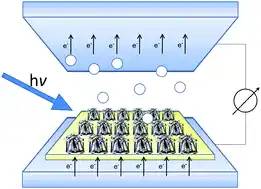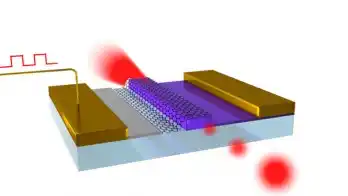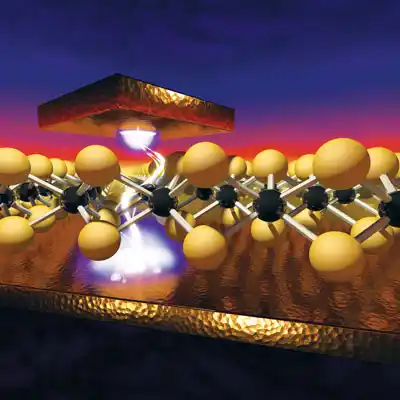افشین رشید
اُستادیار ؛ عضو هیات علمی دانشگاه آزاد اسلامی واحد علوم و تحقیقات تهران
573 یادداشت منتشر شدهMicro- and Nano-Electromechanical Systems (MEMS / NEMS) are Devices in Which the Physical Motion of a Micro- or Nano-scale structure is controlled by an Electronic Circuit, or Vice Versa

Note: MEMS / NEMS devices enable precise control of these interactions at the nanoscale and provide an ideal platform for interacting with the nanoworld. This involves the integration of active submicron materials and elements that combine mechanical, optical, and electrical signals to produce functional nanostructures.
Micro- and nano-electromechanical systems ( MEMS / NEMS ) are devices in which the physical motion of a micro- or nano-scale structure is controlled by an electronic circuit, or vice versa. MEMS and NEMS can be used to build sensitive sensors and stable timing devices. Nanosystems are molecular-scale functions. This includes both current work and more advanced concepts. In its original sense, nanotechnology refers to the envisioned ability to build items from the bottom up, using techniques and tools that are produced to make complete, high-performance products. Nanosystems introduced the idea of nanoscale "assembly" that can make copies of itself and itself. Among other things, arbitrary complexity with atomic control in Nanosystems is very widespread and applicable. Nanocomputers and nanoassemblers are also sub-groups of Nanosystems. Nanoparticles are the main components of all Nanosystems. To produce nanoparticles with the help of nanotechnology, it is possible to make changes in atoms by controlling their properties. When materials are studied and investigated at the nanoscale, the reactions and behavior of atoms are completely different compared to when the study is done at the molecular level, because in this realm the physical properties of the materials change. This is just like dropping a ball into a container and taking another ball out of that container. The difference in the nano realm is so great that even the color, melting point, chemical properties, etc. of the materials outside this range are completely different.

The development goals of nanoelectromechanical systems (NEMS) devices are made entirely of (crystalline) metal oxides, a class of compounds that exhibit a wide range of physical properties, with the prospect of introducing new classes of transducers with unprecedented sensing mechanisms and integrating more capabilities into nanomechanical systems. This new technological approach will add multifunctional oxides to the current MEMS/NEMS field set. Our science-to-technology advancement is the realization of a proof-of-concept of an ultrasensitive oxide-based NEMS device for detecting biomagnetic fields. The MEMS/NEMS field set will implement ultrasensitive detectors capable of measuring very weak magnetic fields, which target the magnetic fields generated by human brain activity, of the order of tens of MEMS/NEMS field sets .

Conclusion:
MEMS / NEMS devices enable precise control of these interactions at the nanoscale and provide an ideal platform for interacting with the nanoworld. This involves the integration of active submicron materials and elements that combine mechanical, optical, and electrical signals to produce functional nanostructures.
micro- and Nanoelectronic Features for Biomedical Applications (BioMEMS/BioNEMS) Have Been Developed Through Various Fabrication Techniques and Biocompatible Nanomaterials
Investigating The Ability to Control the Dimensions of Raw Materials (Nanochips) and The Structure of The Taylor Nanocone by Changing The Field Strength and Subsequently (jet Charge Density)